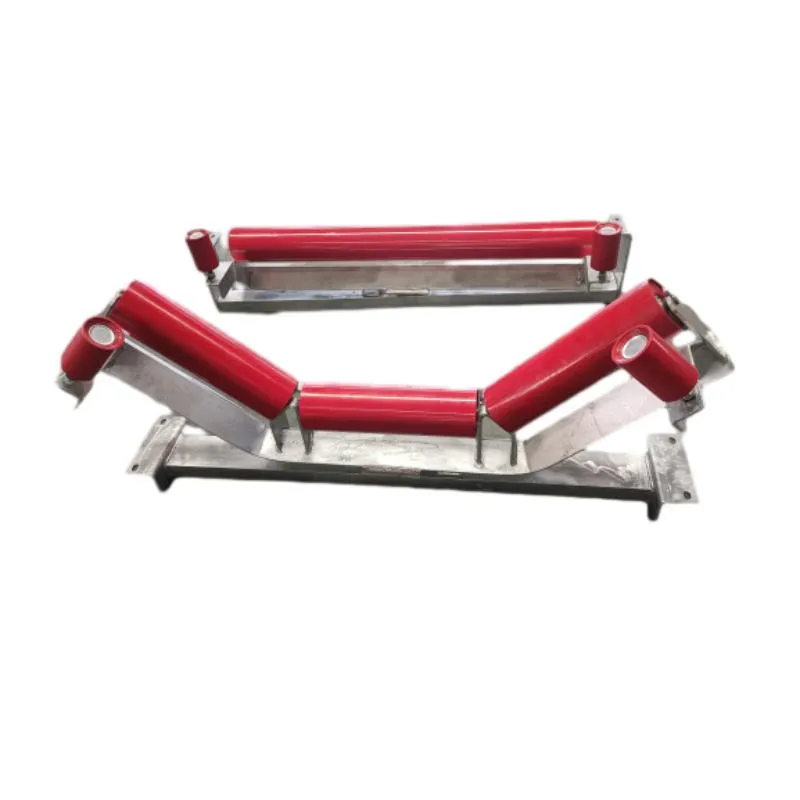 Afrikaans
Afrikaans  Albanian
Albanian  Amharic
Amharic  Arabic
Arabic  Armenian
Armenian  Azerbaijani
Azerbaijani  Basque
Basque  Belarusian
Belarusian  Bengali
Bengali  Bosnian
Bosnian  Bulgarian
Bulgarian  Catalan
Catalan  Cebuano
Cebuano  Corsican
Corsican  Croatian
Croatian  Czech
Czech  Danish
Danish  Dutch
Dutch  English
English  Esperanto
Esperanto  Estonian
Estonian  Finnish
Finnish  French
French  Frisian
Frisian  Galician
Galician  Georgian
Georgian  German
German  Greek
Greek  Gujarati
Gujarati  Haitian Creole
Haitian Creole  hausa
hausa  hawaiian
hawaiian  Hebrew
Hebrew  Hindi
Hindi  Miao
Miao  Hungarian
Hungarian  Icelandic
Icelandic  igbo
igbo  Indonesian
Indonesian  irish
irish  Italian
Italian  Japanese
Japanese  Javanese
Javanese  Kannada
Kannada  kazakh
kazakh  Khmer
Khmer  Rwandese
Rwandese  Korean
Korean  Kurdish
Kurdish  Kyrgyz
Kyrgyz  Lao
Lao  Latin
Latin  Latvian
Latvian  Lithuanian
Lithuanian  Luxembourgish
Luxembourgish  Macedonian
Macedonian  Malgashi
Malgashi  Malay
Malay  Malayalam
Malayalam  Maltese
Maltese  Maori
Maori  Marathi
Marathi  Mongolian
Mongolian  Myanmar
Myanmar  Nepali
Nepali  Norwegian
Norwegian  Norwegian
Norwegian  Occitan
Occitan  Pashto
Pashto  Persian
Persian  Polish
Polish  Portuguese
Portuguese  Punjabi
Punjabi  Romanian
Romanian  Russian
Russian  Samoan
Samoan  Scottish Gaelic
Scottish Gaelic  Serbian
Serbian  Sesotho
Sesotho  Shona
Shona  Sindhi
Sindhi  Sinhala
Sinhala  Slovak
Slovak  Slovenian
Slovenian  Somali
Somali  Spanish
Spanish  Sundanese
Sundanese  Swahili
Swahili  Swedish
Swedish  Tagalog
Tagalog  Tajik
Tajik  Tamil
Tamil  Tatar
Tatar  Telugu
Telugu  Thai
Thai  Turkish
Turkish  Turkmen
Turkmen  Ukrainian
Ukrainian  Urdu
Urdu  Uighur
Uighur  Uzbek
Uzbek  Vietnamese
Vietnamese  Welsh
Welsh  Bantu
Bantu  Yiddish
Yiddish  Yoruba
Yoruba  Zulu
Zulu types of pulleys in belt conveyor
Types of Pulleys in Belt Conveyors
Belt conveyors are essential components in various industrial applications, designed to transport materials efficiently and effectively. A critical part of any belt conveyor system is the pulley, which plays a vital role in the operation and performance of the conveyor. Understanding the different types of pulleys used in belt conveyors can help in selecting the correct system for specific needs.
1. Drive Pulley
The drive pulley, often referred to as the head pulley, is crucial in transmitting power to the conveyor belt. It is typically located at the discharge end of the conveyor system. The drive pulley is equipped with a motor and a gearbox, which power the pulley to rotate and pull the belt forward. The friction between the drive pulley and the conveyor belt facilitates this movement. Drive pulleys can be lagged to enhance grip, preventing slippage and increasing efficiency.
2. Idler Pulley
Idler pulleys are positioned throughout the conveyor system to support the conveyor belt. These pulleys do not have a power source; instead, they serve to maintain belt tension, guiding the belt along its path and reducing sagging. There are several types of idler pulleys, including troughing idlers, flat idlers, and impact idlers, depending on the angle of the belt and the type of material being conveyed. Troughing idlers are designed to enhance load stability, while impact idlers absorb the shock of heavy loads during transportation.
3. Tail Pulley
types of pulleys in belt conveyor

The tail pulley is situated at the loading end of the conveyor, opposite the drive pulley. Its primary role is to support the belt as it returns to the drive pulley. Tail pulleys help keep the belt aligned and prevent excessive wear. In some systems, tail pulleys may also be used to help discharge materials or facilitate material transfer onto another conveyor.
4. Take-Up Pulley
Take-up pulleys are critical for maintaining proper tension in the conveyor belt. These pulleys are adjustable and can be moved to create or reduce tension as needed. This flexibility allows operators to compensate for belt stretch or shrinkage over time, ensuring consistent performance. Take-up pulleys can be either vertical or horizontal and are essential for extending the lifespan of the conveyor belt by preventing excessive slack.
5. Snub Pulley
Snub pulleys are used to increase the wrap angle of the conveyor belt around the drive pulley. This enlargement enhances friction, which improves the drive pulley’s grip on the belt, thereby increasing the efficiency of the conveyor system. Snub pulleys can be beneficial in applications where the material being transported is particularly heavy or abrasive, as they help ensure reliable operation under challenging conditions.
Conclusion
In conclusion, the selection of the appropriate type of pulley is essential for the effective operation of belt conveyors. Each type of pulley—drive, idler, tail, take-up, and snub—serves a specific purpose in maintaining the performance, efficiency, and longevity of the conveyor system. By understanding the different types of pulleys and their functions, engineers and operators can design and maintain more efficient conveyor systems, ultimately enhancing productivity in various industrial applications. A well-designed pulley system not only ensures the smooth transportation of materials but also contributes to the overall effectiveness of the production process.
-
Revolutionizing Conveyor Reliability with Advanced Rubber Lagging PulleysNewsJul.22,2025
-
Powering Precision and Durability with Expert Manufacturers of Conveyor ComponentsNewsJul.22,2025
-
Optimizing Conveyor Systems with Advanced Conveyor AccessoriesNewsJul.22,2025
-
Maximize Conveyor Efficiency with Quality Conveyor Idler PulleysNewsJul.22,2025
-
Future-Proof Your Conveyor System with High-Performance Polyurethane RollerNewsJul.22,2025
-
Driving Efficiency Forward with Quality Idlers and RollersNewsJul.22,2025





























